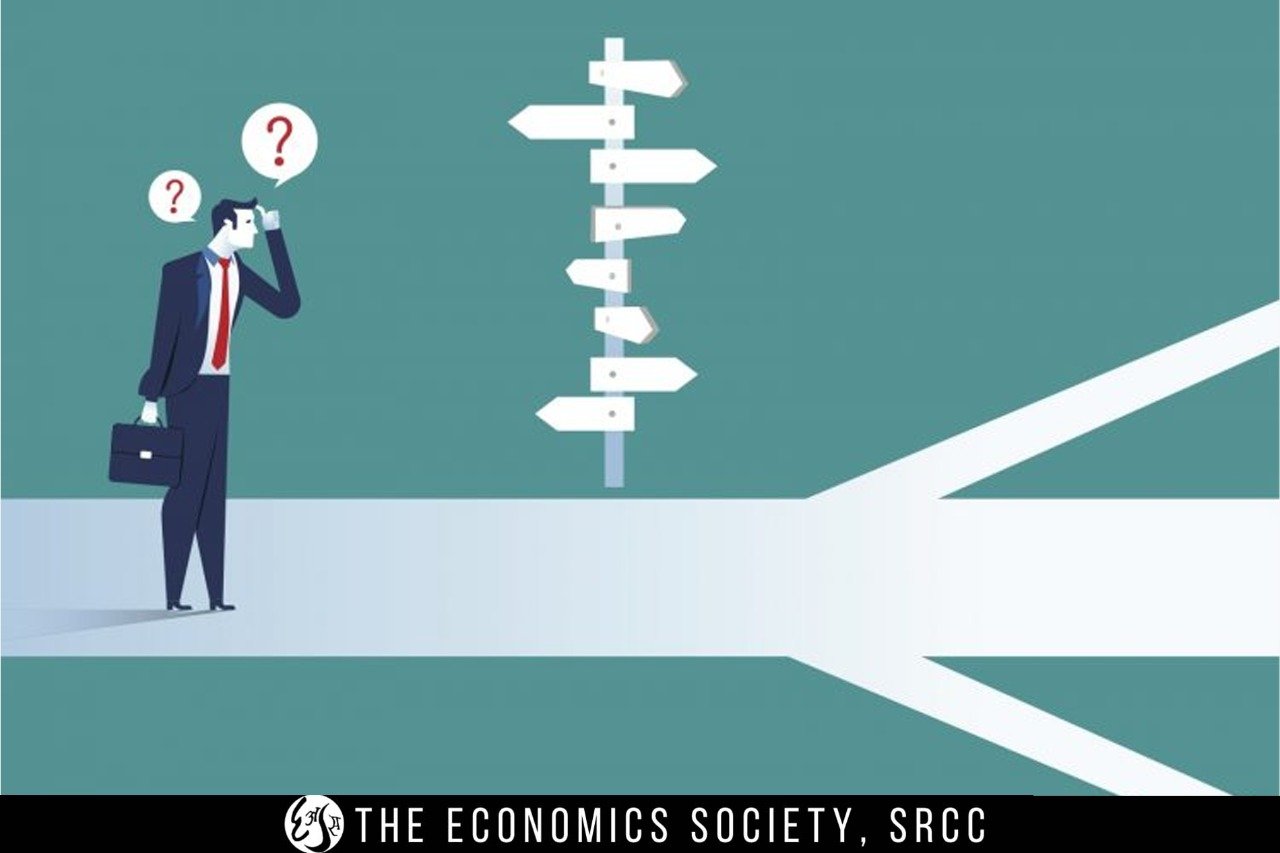The decision-making behaviour of individuals has been a matter of growing interest in recent times. Firms seeking to advance their sales are keen to understand if and how the choices made by consumers can be manipulated. Consider the case of online shopping portals such as Amazon and Flipkart; the available items are displayed in a sequence. This sequence is determined through an algorithm based on the keywords entered by the consumer and the online retailer’s decision to promote certain products. The final choice made by the consumer may or may not reflect her/his own taste, as it is likely to be influenced by various factors: promotional offers, packaging and even the sequence in which the product is displayed because not many of us are likely to scroll through a hundred pages to choose an item online. Similarly, policymakers employ a variety of incentives and punishments in order to encourage (or discourage) consumption, savings, and to nudge individuals to make decisions that are considered to be beneficial. For example, the printing of warnings on cigarette packages is intended to discourage people from smoking.
The approach followed by firms and the government is predominantly driven by data: past behaviour is recorded and an expectation is formed about future consumption patterns. The motivations behind why a consumer chooses an item is often not focused upon. Human behaviour is known to be driven by cognitive and psychological factors such as temptation, attention, impatience, altruism, envy and so on. A data-driven approach may overlook these motivations in favour of predicting future behaviour simply on the basis of past trends. Such an approach may not succeed if the underlying motivations of the consumer evolve or some unexpected factors emerge. However, a logical or mathematical model that explains why and how a person makes a particular choice, with falsifiable underlying assumptions, is immune to errors in prediction. The field of axiomatic decision theory models choice behaviour by specifying a set of conditions or “axioms” and proposing a choice rule. The choice rule is then shown to be satisfied if and only if the observed data satisfies the axioms. This approach predates the recent surge in econometric models that claim to predict behaviour. It is important to note that the axiomatic approach is immune to the drawbacks of data-driven predictions since it relies on a watertight framework. If the data doesn’t satisfy the axioms, then the model does not claim to make a prediction. Therefore, there is no margin of error. The above approach to modelling choice behaviour is classical and its strength lies in its adaptability to different settings. With the rising interest in cognitive motivations that drive decisions, a boundedly rational consumer’s choice can be effectively modelled using this approach. Some important papers that have effectively done the above are Manzini and Mariotti (2014) and Gul and Pesendorfer (2001).
The recognition that individuals make decisions, keeping in mind the actions of others has led to several applications of game theory models. The applicability of game theory is wide. The field evolved following the seminal contributions of John Von Neumann and John Nash and grew with the support of governments seeking strategic advantage during the Cold War.
Today, the tools and methods are applied to models of interactions between firms deciding to invest in new ventures and innovations while strategically countering threats by competitors. Advances in game theory have led to the development of the field of mechanism design which is of immense relevance for the purpose of implementation of policy objectives and outcomes. Research in this field focuses on designing “mechanisms” which ensure that self-interested individuals will take actions that result in the implementation of the desired outcome. An example of a mechanism is an auction; there are various types of auctions and they have differing welfare and efficiency implications. It is interesting to note that auctions are frequently used by governments for the purpose of resource allocation, for example, mobile spectrum.
The increasing interest in strategic approaches to understanding behaviour and its applications to different fields is a welcome development. These methods are rich enough to be applied to various situations and their applicability is strengthened because of the underlying sound theoretical framework.
Ruhi Sonal
Visiting Assistant Professor
IIT (ISM) Dhanbad



